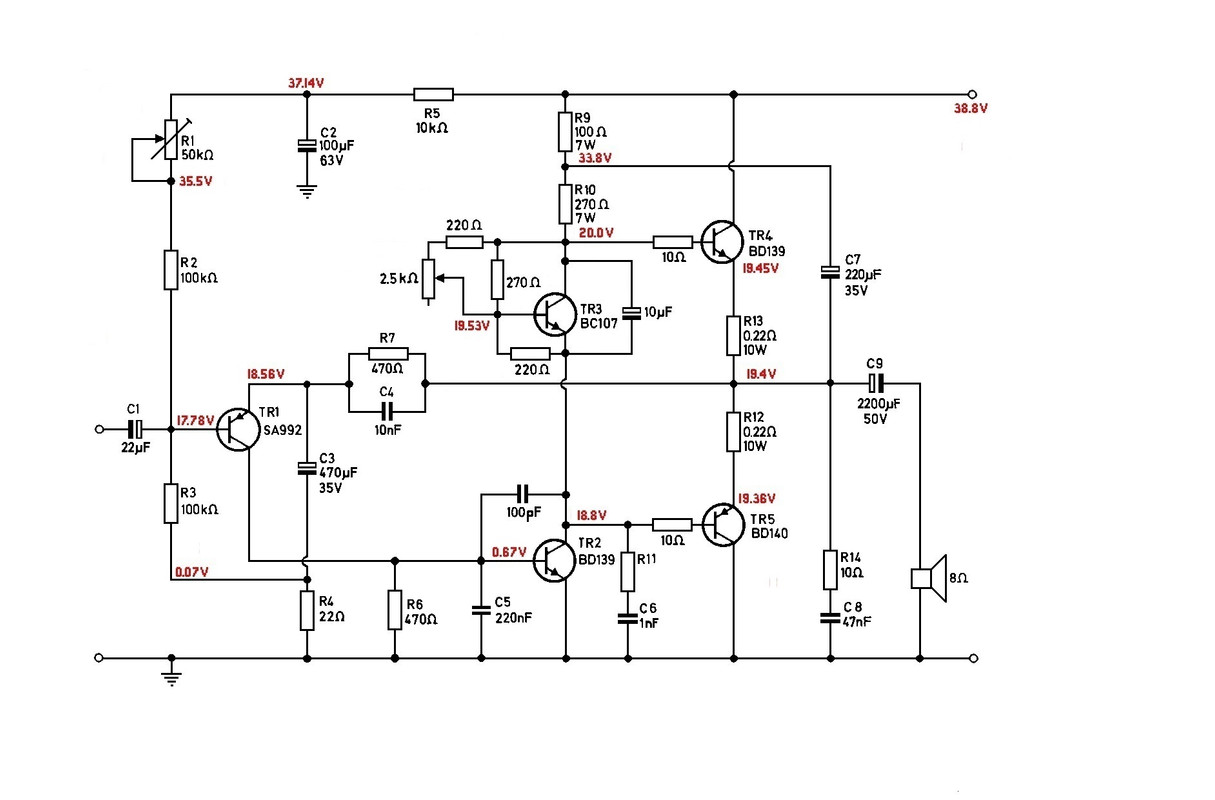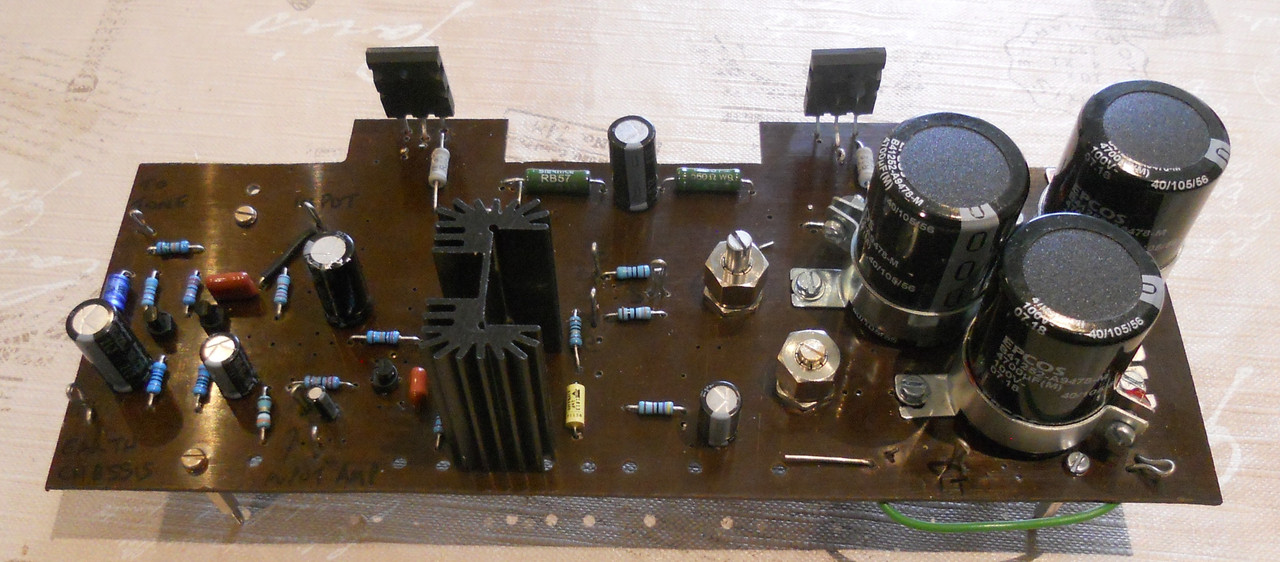[we were making controlled impedance traces on PCB material with Xacto knives and peeling up unwanted copper with pliers] -- Been there.....done that!!!
[11 layers laid out] -- 11-layers??? Really??? And, you got away with that with nothing happening during the fabrication? I thought that the "standard" was -- an EVEN number of layers --!!!
[by hand with 4X tape] -- My layouts were either 2X or 4X depending upon either the size of the PCB (large boards were 2X, while small boards were 4X) or due to its features (as in needing to use 10-mil tracks). I had to hand-tape a 16-layer board for a defense contractor that were going to be used within U.S. fighter jets for the early -- IFF -- (Interrogated Friend or Foe) system.
[and "dolls", pre-printed sticky pads for ICs and other multi-pinned things] -- "Bishop Graphics", right??? I even still have my nearly 3-inch thick "Bishop Graphics" PCB Footprint Book lost in a closet around here somewhere.
[The layout tech I worked with took about 12 weeks to complete the full tapeout on that board] -- I worked at AMPEX in Redwood City, CA back in 1980 and I had met the guy who hand-designed the motherboard for the AMPEX M1200 tape deck. He told me that it took him -- 1-YEAR -- to layout that board and get it into production!!!
[contained a layer that hadn't been etched!] -- Back in the early 1990's as PCB-design was entering the phase of being done on computers, not only did you have to supply a set of GERBER files, but before the days of the now "standard" -- RS-274X -- file format, you had to also provide the PCB-fabricator with a text-code file containing all of your aperture designations and settings. That GERBER file format was called "RS-274D". At that point-in-time, I was working with an "RF" communications company that designed and built specialized "RF" communications gear for all sorts of "unknown and covert" 3-letter U.S. Government agencies. One time, a PCB-fabricator technician entered in a typo when transcribing a GERBER-file "Aperture Code" into their photoplotting equipment. That typo ended up rotating the pads of the IC chips 90-degrees, so instead of the pads looking like a "ladder", they looked like "skid-marks" and were basically shorting all of the IC pads together!!! The PCB-fabricator had to "eat" the cost of that failed batch of PCB's.
When the industry finally got around to using the -- RS-274X -- file format that contained "embedded" aperture data, that was such a relief!!!
[boggles my mind that a man could lay out 11 layers] -- As mentioned earlier, try 16-layers and with "Split Power & Ground" layers as well. At the end of each day when hand-taping a PCB back then, I would always have pieces of the crepe tape used for the tracks stuck all over my arms and shirt!!!
[the most patient man in the world] -- Many times during those early years of -- hand-taping -- PCB's, I heard people make comments something like, "To be a PCB Designer, you need to have the patience of Job"!!!
Sorry for the "thread clutter noise".
/




































